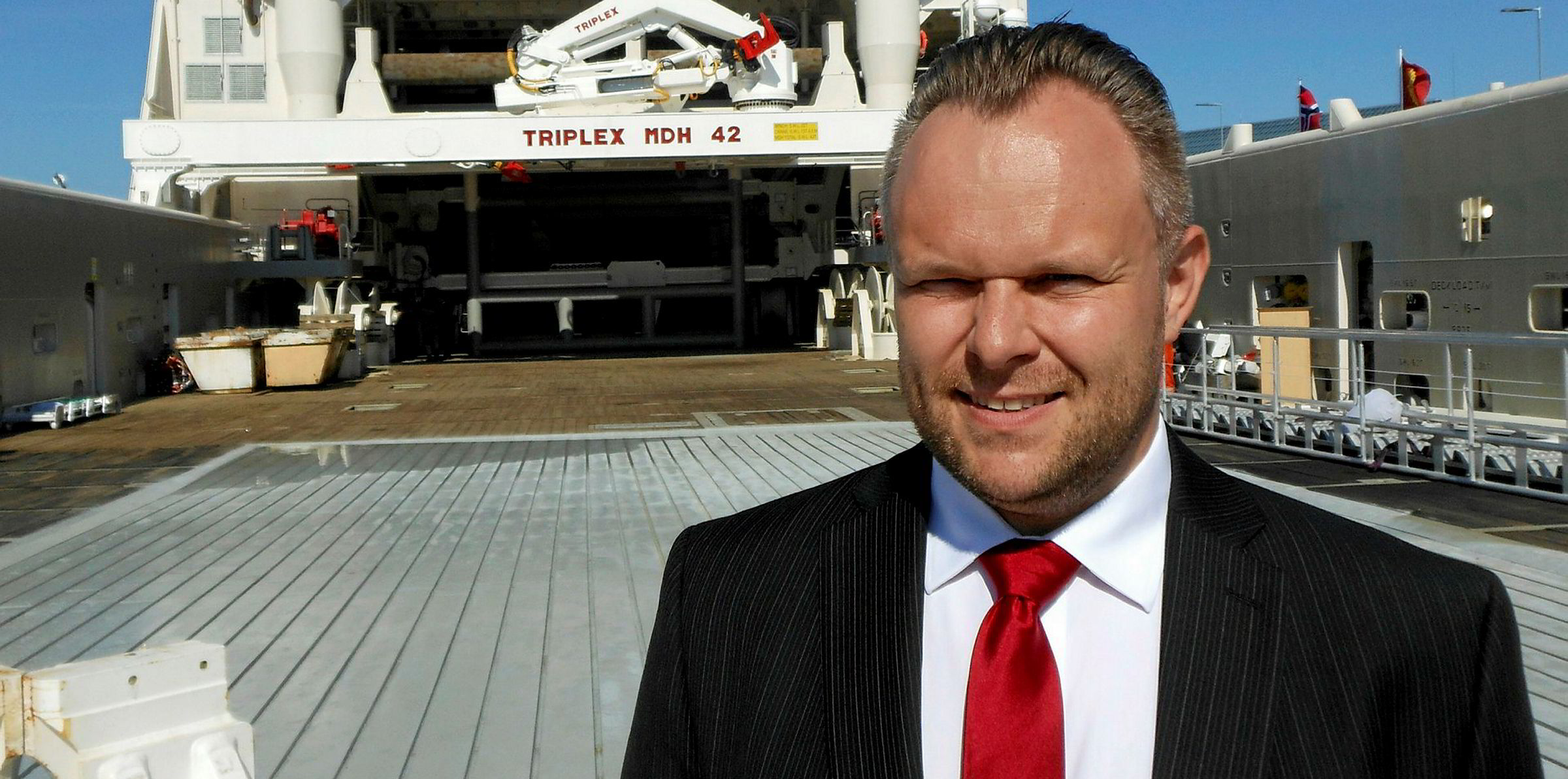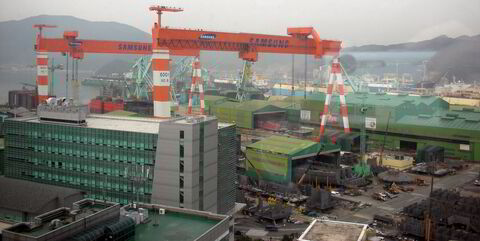Boa Offshore has said OSV markets remain challenging due to "significant" vessel over-capacity.
The medium to long-term outlook improved during 2018 on the back of increasing oil prices over the last two years, the Norwegian owner added.
There are also "lowered hurdle rates" for new field developments for oil companies, and increased volumes of sanctioned offshore field development investment projects, it said.
This will lead to higher offshore activity next year, but "the short-term picture is still challenging as demand is recovering from a very low level and needs to catch up with a significant overcapacity of vessels in many offshore segments," it added.
The recent sharp drop in oil prices also represents a certain risk to the magnitude of the recovery in the short-term, the company said.
Loss cut in 2018
The net loss in 2018 was reduced to NOK 294m ($34.34m), compared to NOK 328.4m in 2017.
It booked ship impairment losses of NOK 21m, but added that "in today's market these valuations are associated with uncertainty."
Financial costs were lower at NOK 204.8m, versus NOK 224.1m in 2017.
The tax bill was also cut.
Revenue grew to NOK 937.55m against NOK 630.78m, but operating expenses were up to NOK 1bn.
The North Sea anchor-handler (AHTS) market disappointed in 2018, Boa said.
"Despite higher activity in the North Sea in general, the outlook remains uncertain due to the vast overhang of idle/laid-up AHTS vessels and uncertainty regarding the timing of recovery in other regions," it added.
It is trying to sell two laid-up AHTS units, the 285-bp Boa Bison (built 2014) and the 267-bp Boa Jarl (built 2015).
Looking ahead, it said the 2019 result will "most likely" not be significantly better than 2018.



